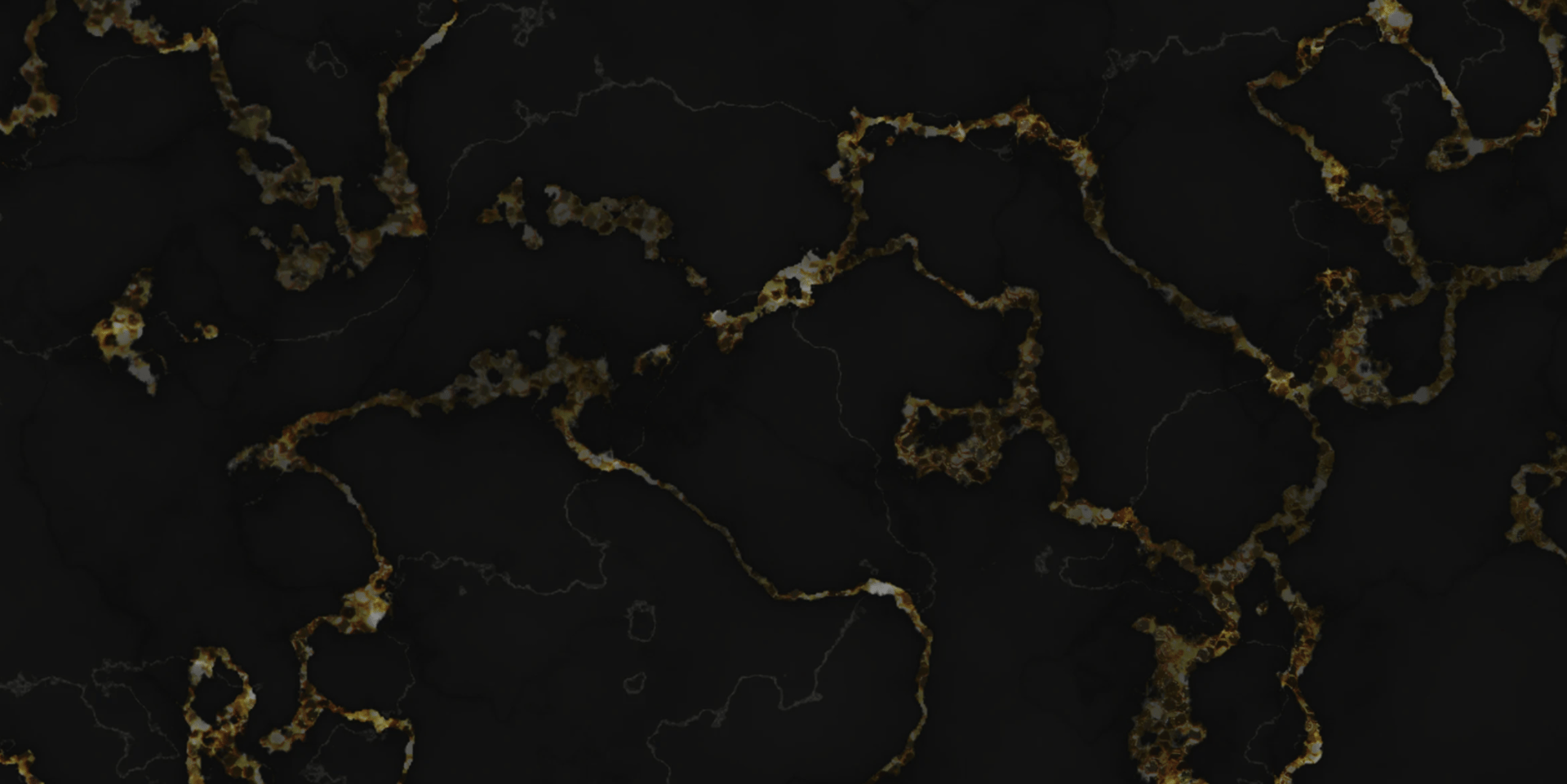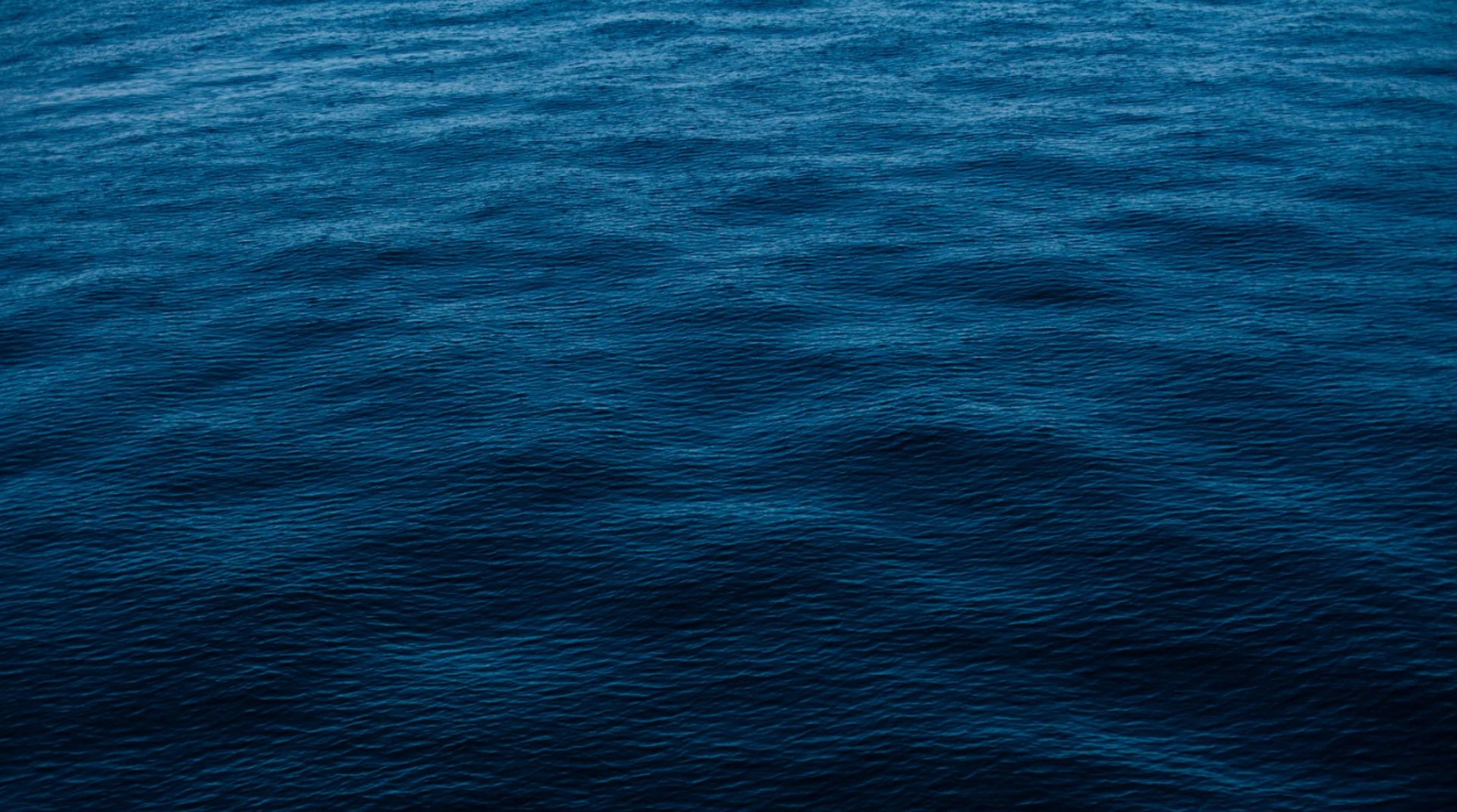
Tik Tok Is Destroying The Trend Cycle
The detrimental ways the most influential social media platform in the world is changing the trend cycle with modern day consumerism.
FASHION
Milan Richardson
12/22/20244 min read


In the 2000s, paparazzi ruled fashion exposure. If celebrities wanted to start a new trend, they had to be spotted in the streets or on a runway to get their picture printed in a magazine. Things circulated more slowly, but nationwide trends were established nonetheless.
In the 2010s, paparazzi were not nearly as active as they were at its ridiculously invasive peak in 2007, and blogs were getting traction. A new age of technology was on the rise, an age where blogs, Tumblr, and Instagram were the dictators of teenage girl consumption. Now, instead of getting printed in a magazine, the it girls of this decade could post themselves. This self-autonomy allowed for a lot of experimentation in order to get noticed in a sea of posts.
And now, the present. Thus far in the 2020s, TikTok has been the beginning and end of many trends. Instead of actresses and models flooding the pages of magazines like in the 2000s, anyone anywhere in the world can make a viral video and start a new trend. Additionally, with TikTok's rapid spread of content and incredible exposure, everybody knows when something is trending. For example, if the only fashion content I consumed was magazines and I saw a celebrity wearing a bubble skirt, I might think it's cute, but I wouldn't know if other people are doing it. Now, I can scroll on TikTok and see 20 different normal girls wearing bubble skirts. With that, I know bubble skirts are definitely a thing right now.
The speed of light spread and oversaturation only possible with TikTok is a double-edged sword. On one end, it's fantastic. People who may have gone their entire lives without ever getting noticed have a chance to influence others. Additionally, no more middlemen are dictating who or what gets attention. This prevents exclusion, so there is a more diverse array of people who are influencing today's generation. Finally, there is room for everyone. There are limited pages in a magazine, but there can be infinite TikToks. Everyone has the platform to try to create a trend, show themselves hopping onto a trend, or post a think piece about how much they hate the trend. You no longer need to be hired by a magazine or have great social influence to be heard.
On the other end of that sword, Tik Tok's contributions to the trend cycle can be detrimental for the same exact reasons it is great. First, anyone can start a trend. There have been occasions recently where a new fashion or makeup concept that some groups have been doing for years has been exposed to groups who are unfamiliar with it. For example, when Hailey Beiber once posted herself lining her lips with a dark liner, which was reminiscent of the way many people in the 90s lined their lips. People started sharing and copying her new "ground-breaking" makeup look, calling it "Hailey Bieber Lips." Black and Brown girls who had seen their mothers, sisters, and aunts line their lips the same way for their whole lives noticed how Beiber hopped onto a trend and got all the credit for it.
Another downside is oversaturation. Like I said, with Tik tok, I can see 20 girls in the same bubble skirt. If I am on TikTok every day, within 5 days, I'd see 100 girls in a bubble skirt. People are able to show themselves participating in trends, and often, it is not a very nuanced take on it. This past summer, lace bloomer shorts and a tucked jersey was a blueprint outfit that took over Black social media. Suddenly, I saw many people in real life wearing the same outfit. That speaks to a lack of individuality in today's fashion but also shows that everyone consumes the same content. Oversaturation of trends leads people to get tired of them quickly. On top of this, fast fashion makes it easy for many people to participate, so just as quickly trends start, they end. TikTok even has a shop in the app where you can buy what you see in TikTok. TikTok has successfully revolutionized consumerism. People can see something they want, buy it, wear it, see 1000 other people in it, get tired of it, stop wearing last week's trend, see this week's trend, but this week's trend and the cycle continues. Without even mentioning how terrible this rapid cycle is for the environment, the trend cycle is at a speed we have never seen before.
In 2020, I noticed that 2000s fashion was making a big comeback. According to the 20-year fashion cycle, it was right on time. Every 20 years, fashion trends go from loved to hated to loved again. For example, in the 2000s, low-rise jeans were all the rage, and everyone hated the high-waisted "mom jeans" that were popular in the 90s. In the 2010s, everyone hated low-rise jeans and loved mom jeans. And now, in 2020, everyone wants low-rise jeans. See the pattern? It is natural to get tired of a trend after seeing it for a while and to regret it later. It is unnatural to cringe at the sight of trends that happened only three years ago because it feels like 10 different eras of fashion have happened since. In 2021, patchwork was very popular. I could tell by how cheap it looked that the trend wouldn't last long, but this didn't stop me from buying one. Now, a mere three years later, I don't see any of my peers wearing patchwork, and I could imagine walking out of the house in patchwork myself. In fact, within three years, we have swung to the opposite side of patchwork and are now in a sleek and expensive-looking era. Trends are dying and despised way sooner than they should be, disrupting the elegant flow of the 20-year rule.
